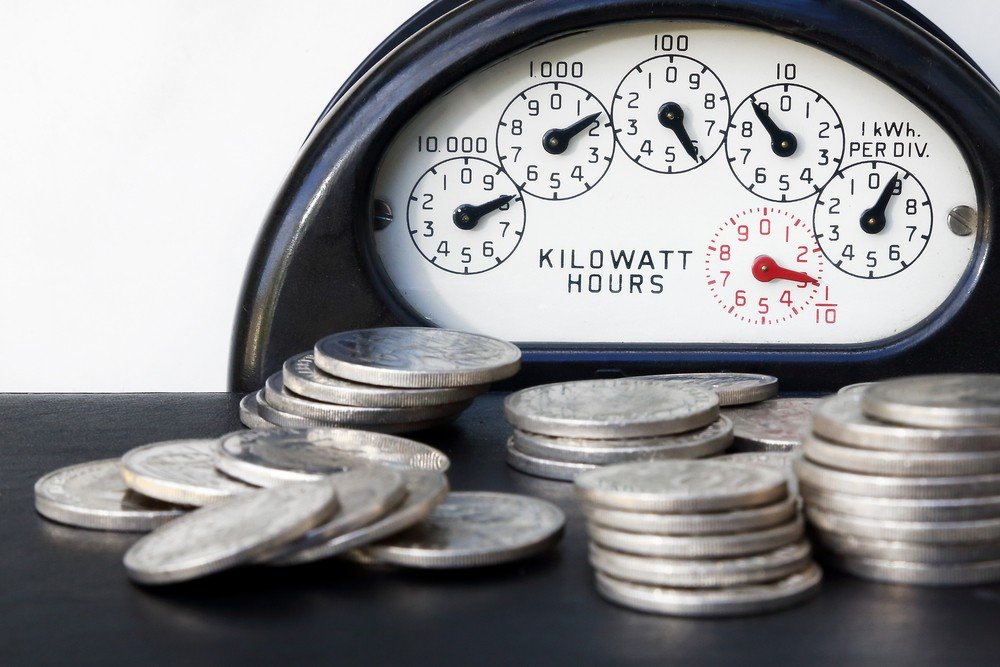The Average Cost of Electric Bills is Rising Across the U.S.
 For homeowners across the country, the electricity bill has risen every year since 2002. According to the U.S. Energy Information Administration (EIA), 2016 is the exception, with electric rates declining slightly due to an unusually mild winter throughout the Midwest and New England. However, the EIA, predicts that based on winter temperatures returning to normal, the cost of electricity will rise again in 2017 by about 2.3%.
For homeowners across the country, the electricity bill has risen every year since 2002. According to the U.S. Energy Information Administration (EIA), 2016 is the exception, with electric rates declining slightly due to an unusually mild winter throughout the Midwest and New England. However, the EIA, predicts that based on winter temperatures returning to normal, the cost of electricity will rise again in 2017 by about 2.3%.
Remember, electricity is made, and for the most part cannot be stored. Basically, electricity is made all the time – 24/7 – so when you flip the switch in your kitchen, the light goes on any time of the day or night. Depending on where you live in the U.S., the average cost of the electric bill rises or falls with how cheap the electricity is in your area. The EIA indicates the average cost of 1 kilowatt (kWh) is 12 cents, and as The Washington Post states, the more expensive the electricity, the more frugal the average household becomes. The two states at extremes are Arkansas, with the lowest monthly electric bills at under $80/month, and Hawaii, with the average monthly electric bill at nearly $180/month.
So what’s a homeowner to do to save electricity costs? How can a homeowner beat – or at least match the system?
Watch for vampires.
Your furnished house is always using electricity. It could be the thermostat for your heater, whatever fuel it actually uses, or your refrigerator, which stays at a specific temperature to store food. Other devices adding to the cost of your electric bill can be less obvious. Your TV is on all the time, for example, whether you’re watching it or not. The clock display on your microwave is on all the time – whether you’re making popcorn or not. These low level but real uses of electricity are sometimes referred to as ‘vampires,’ as they suck the life out of your utility budget. One solution is to go through your house room by room to determine what’s using electrical power, and if there’s a way to lessen the energy drain. The non-profit National Resources Defense Council offers an excellent guide to doing just that.
Conduct an Audit
We mentioned that in states where electricity is cheap, it’s used more often. Find out what the average cost of electricity is for your area in any given month, so you can compare your bill to the average. If your bill is significantly higher than the average in your state, given a particular month, you may want to conduct an energy audit to determine where you’re leaking electrical dollars. A good place to start would be to determine the age and energy efficiency of major appliances. For example, consider replacing an old refrigerator or freezer, as these are well-known energy hogs. Newer models that use up less energy might also replace aging hot water heaters and furnaces. The savings you could reap may offset the money you spend on a new appliance in just a few months.

Think Frugal
The best way to save money is not to spend it. It’s easy to get yourself into the habit of putting your electrical energy use on a diet. Keep an eye out for lights or appliances that are on with no one around. Better yet, plug appliances into a surge protector, and only turn it on when needed, in order to truly control the amount of energy you’re using. The spare TV in a (mostly) unused bedroom can be unplugged until needed. Also, try to use appliances at off-peak hours by doing laundry or dishes later at night. Some appliances, such as newer dishwashers, can be programmed to work at off peak hours.
If the average cost of your electric bill is keeping you up at night, it may be time to make some changes in your energy use!


